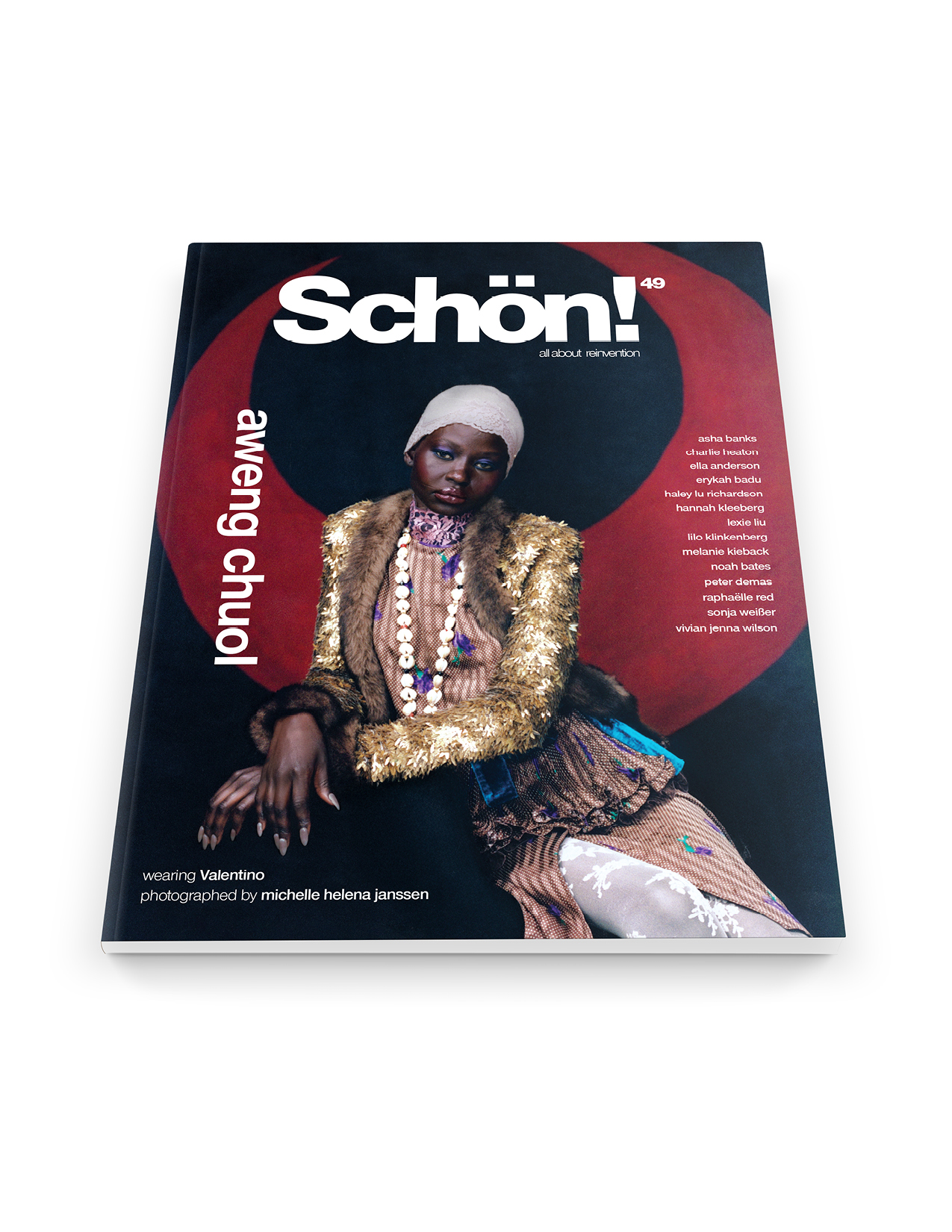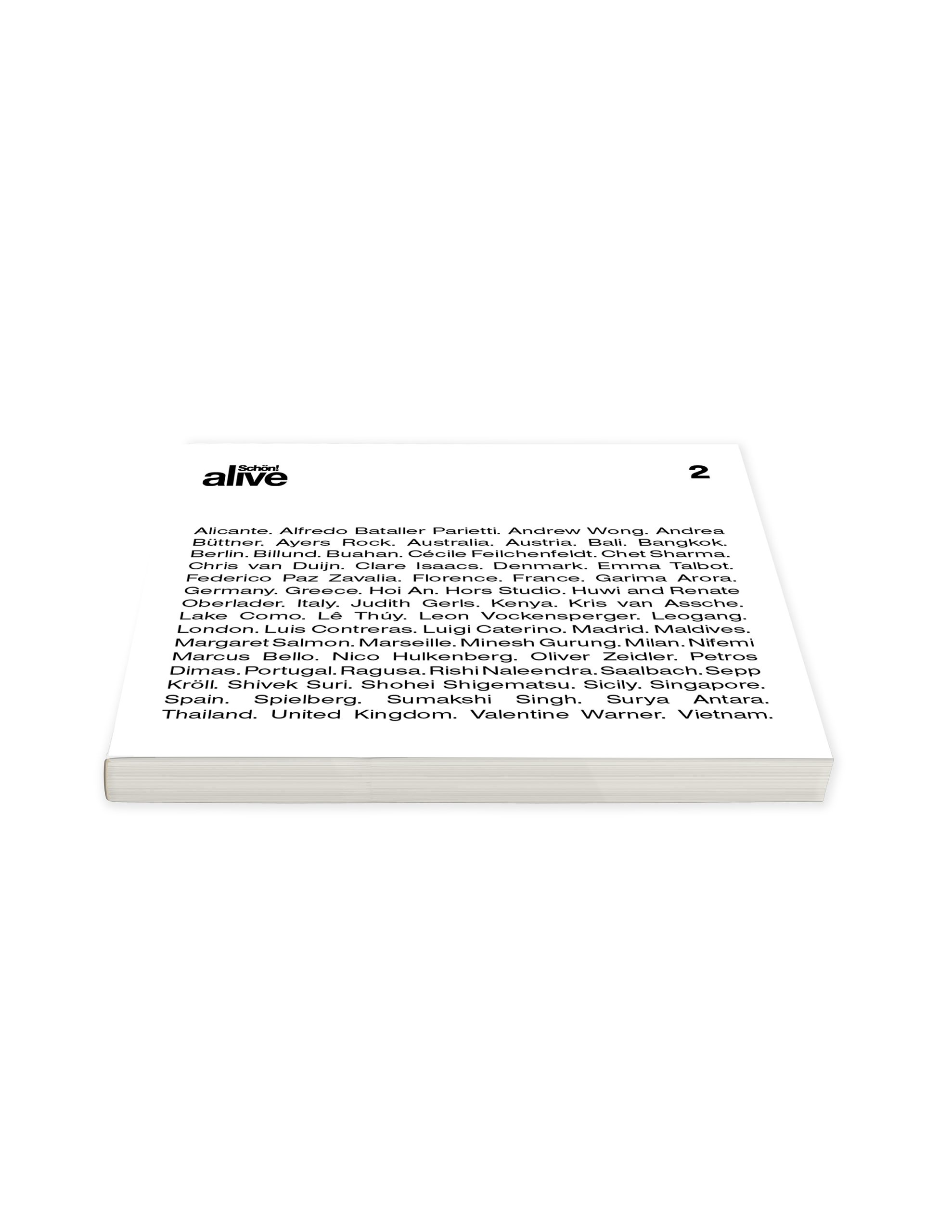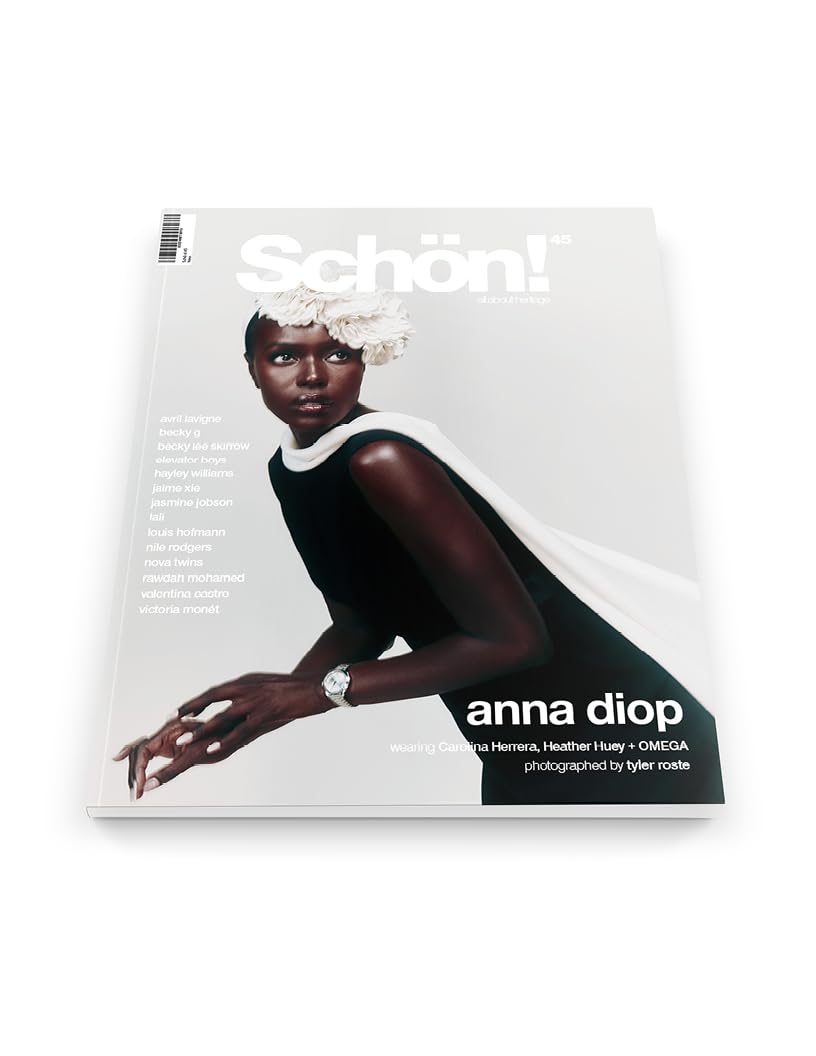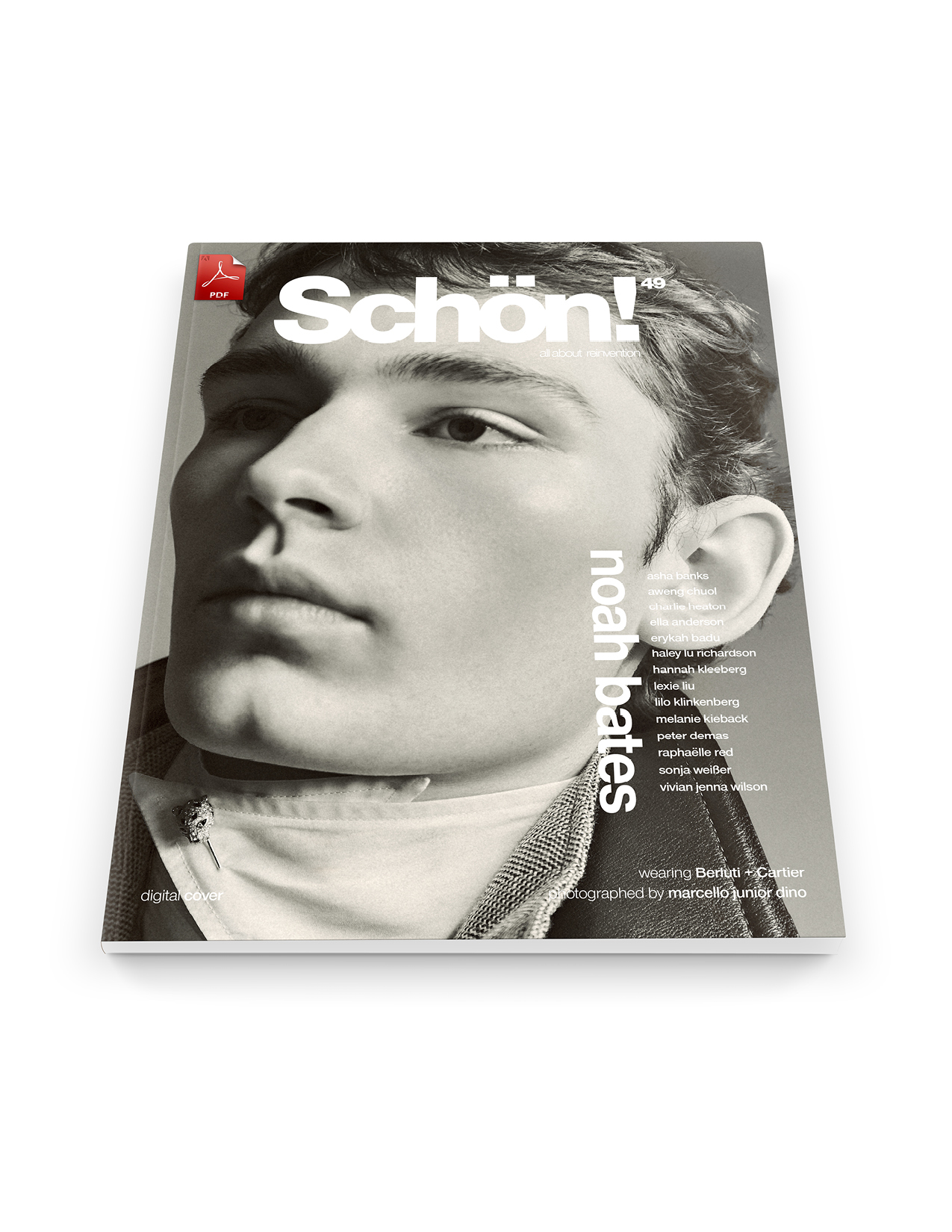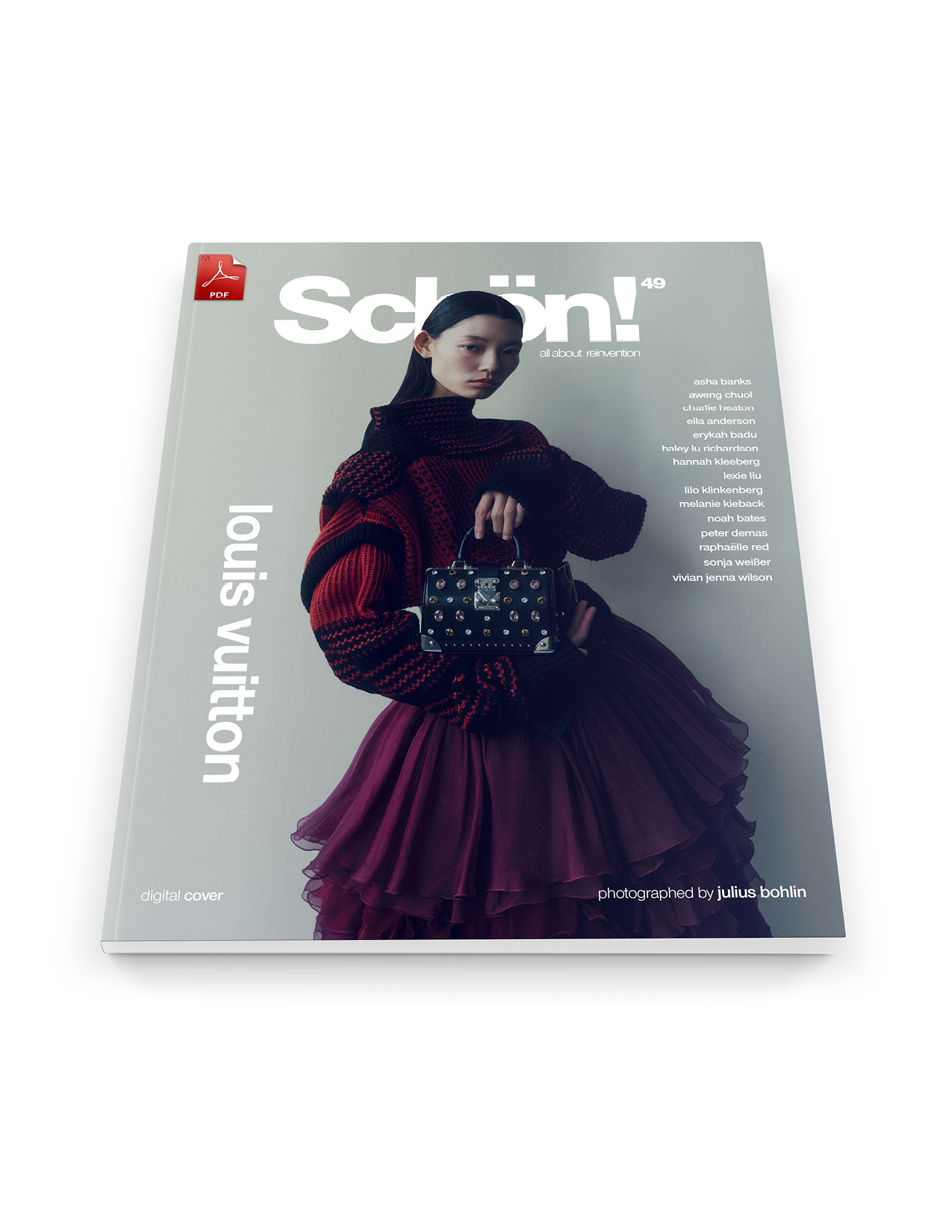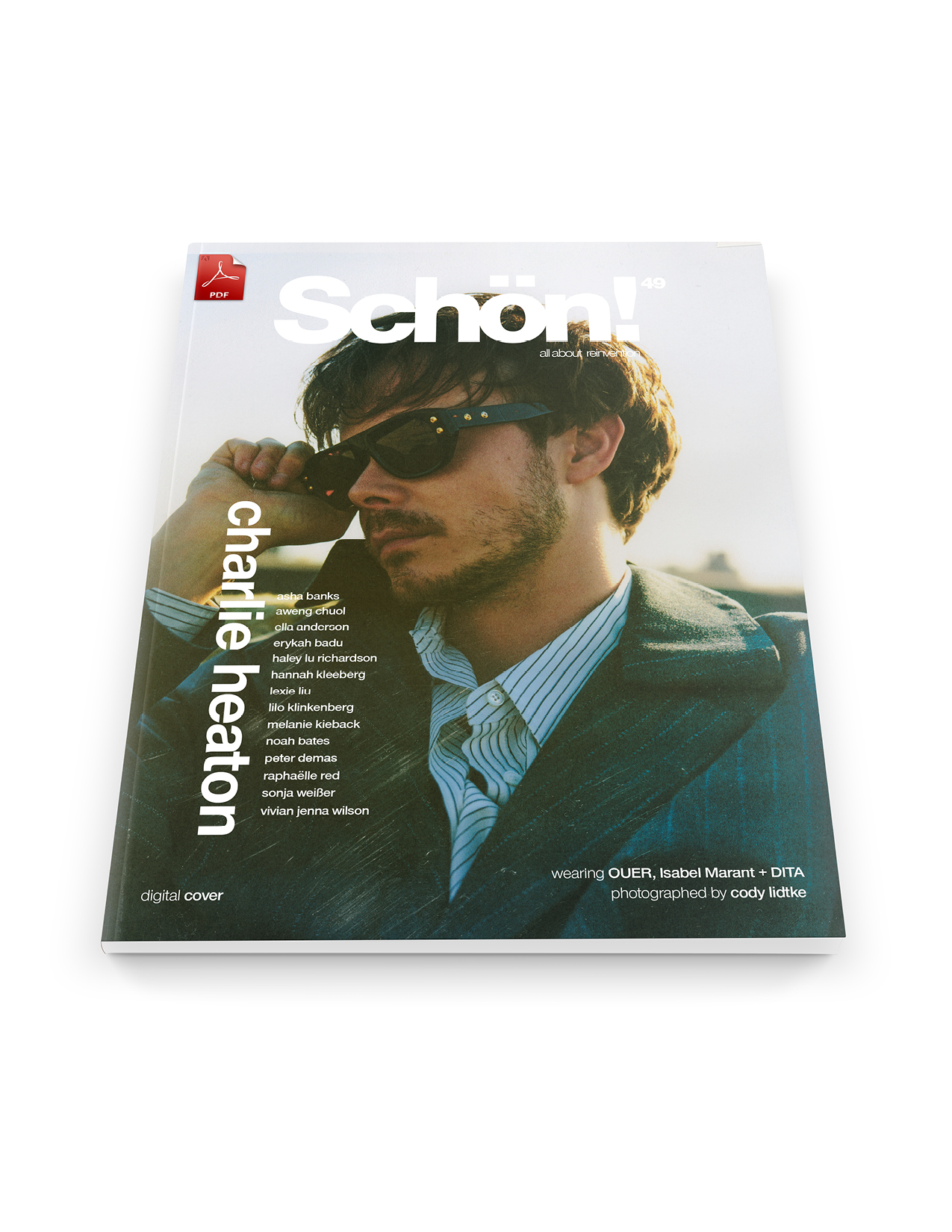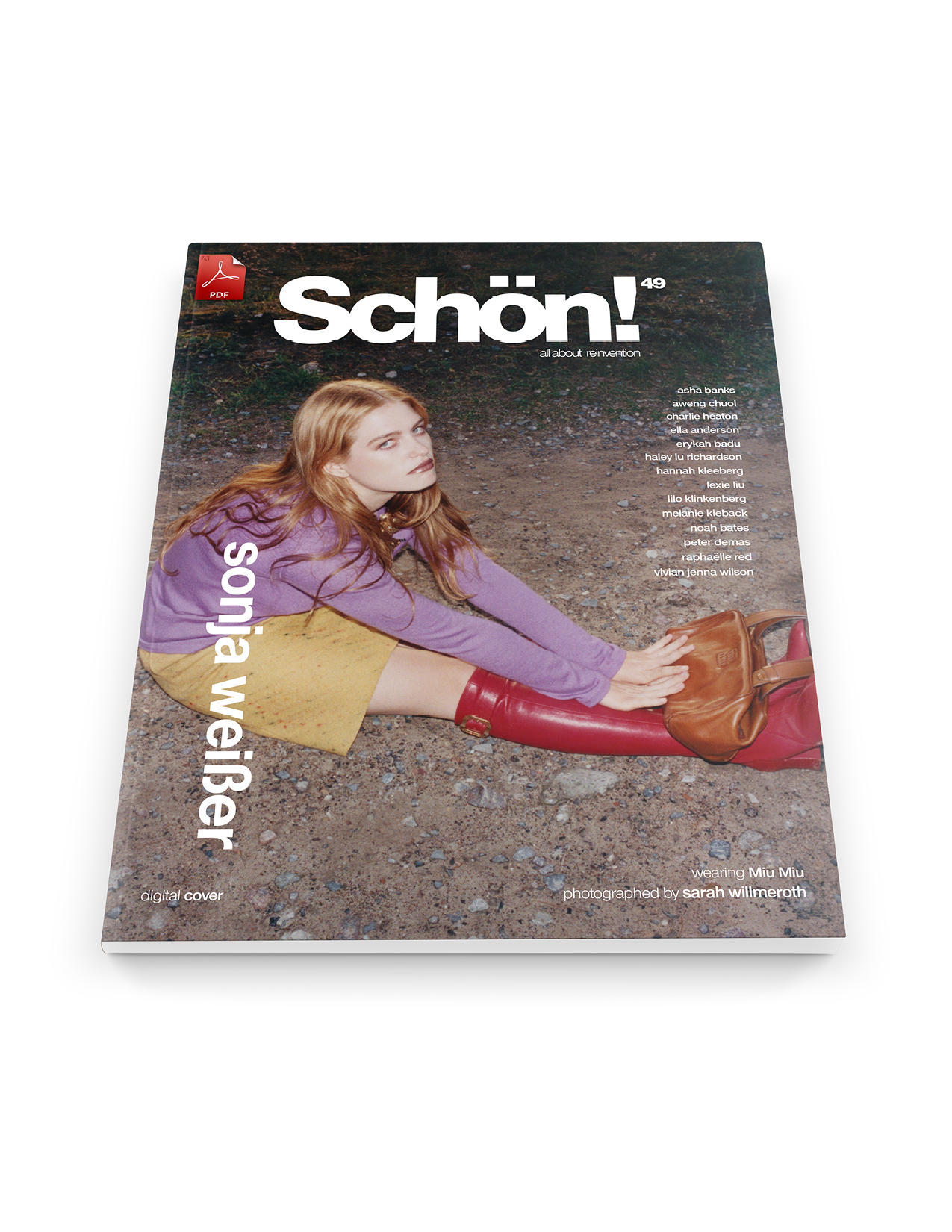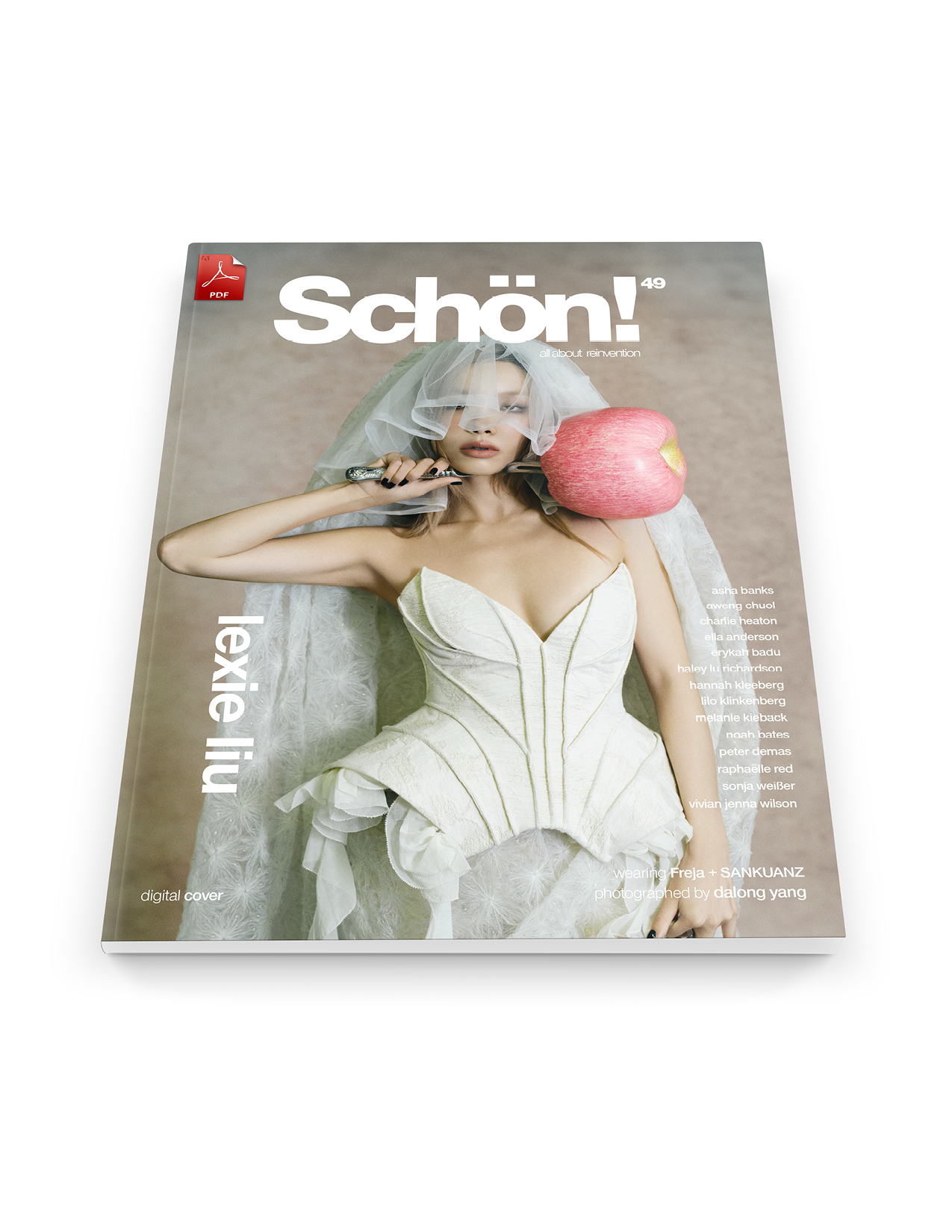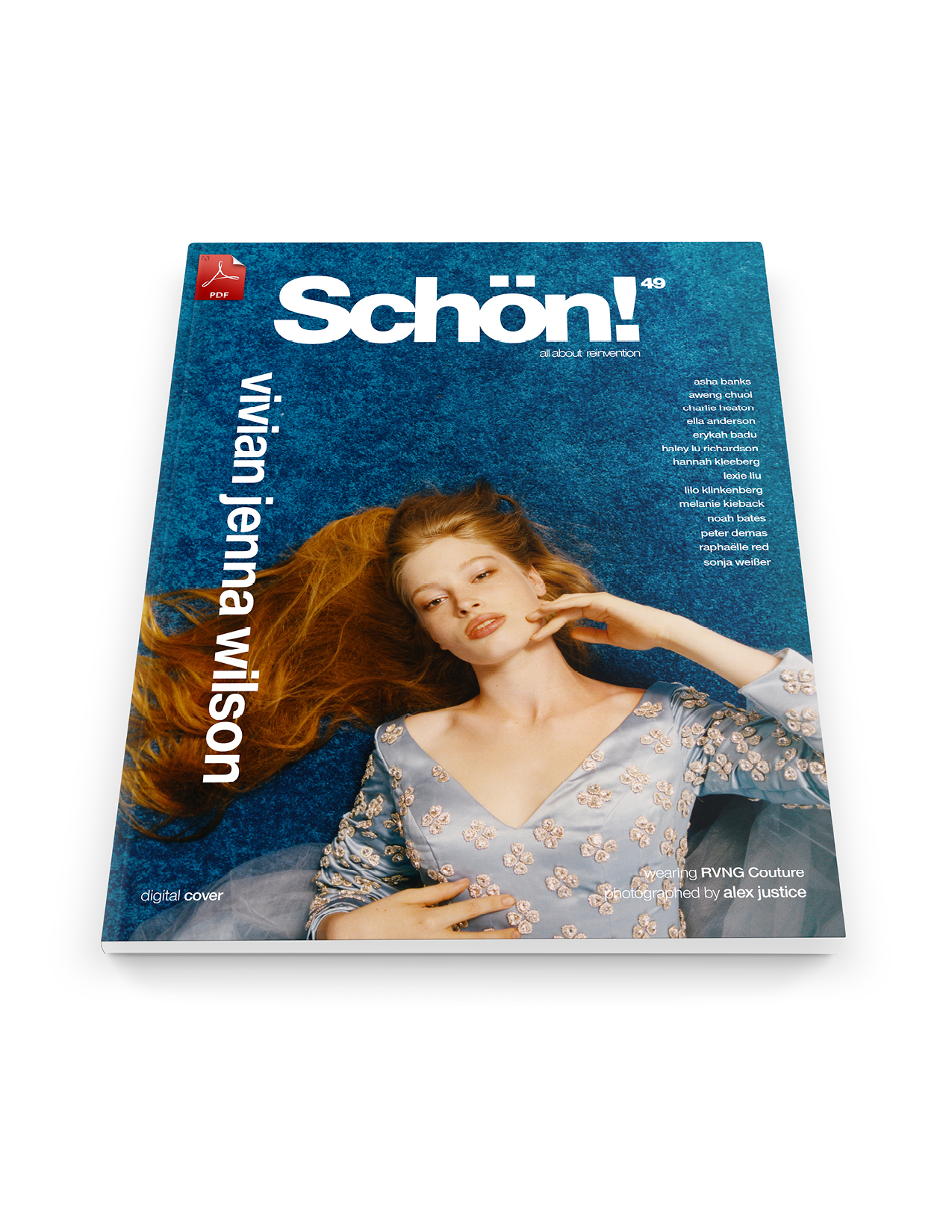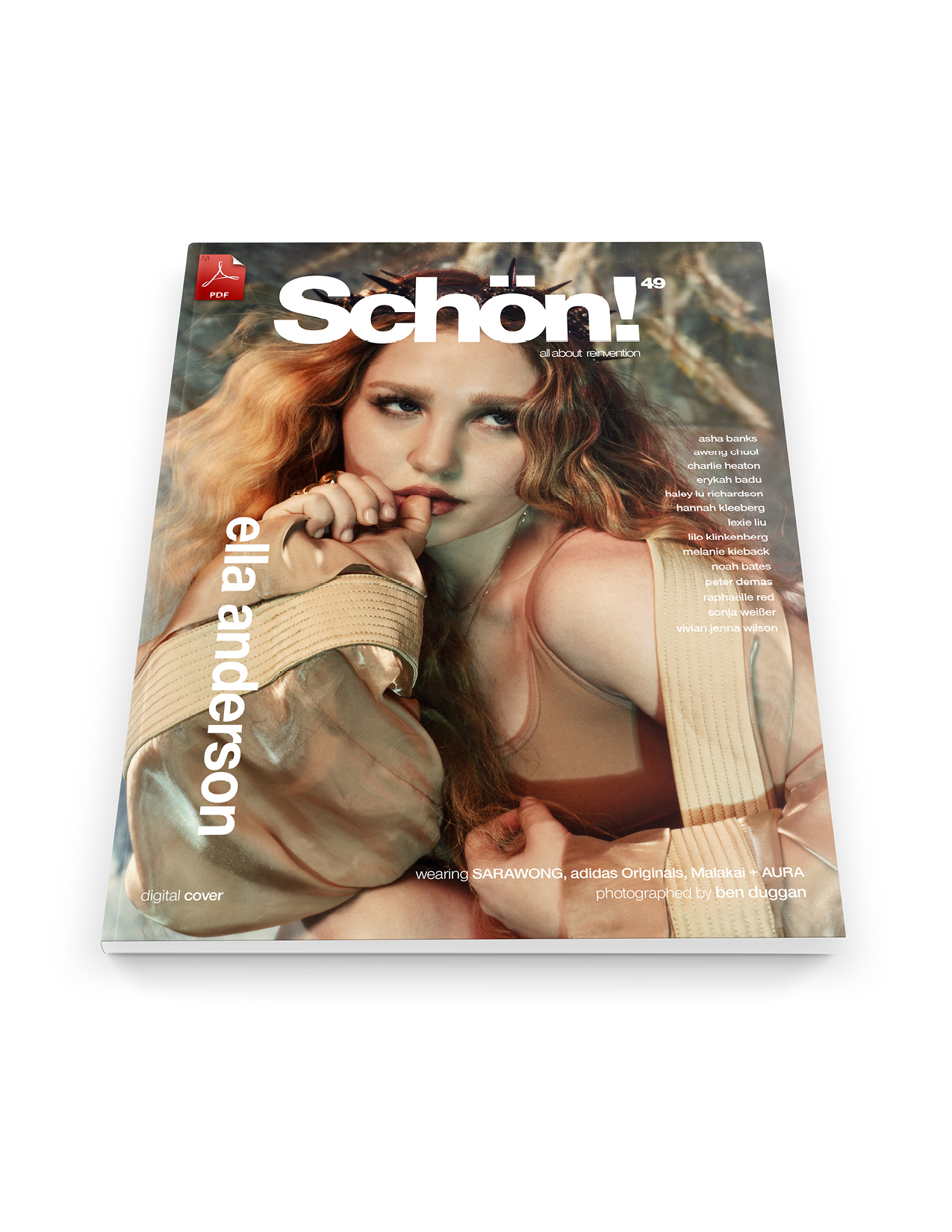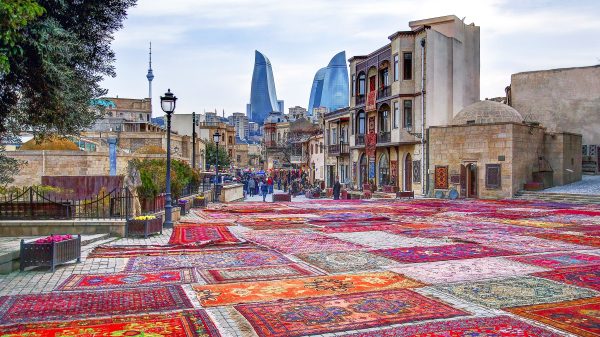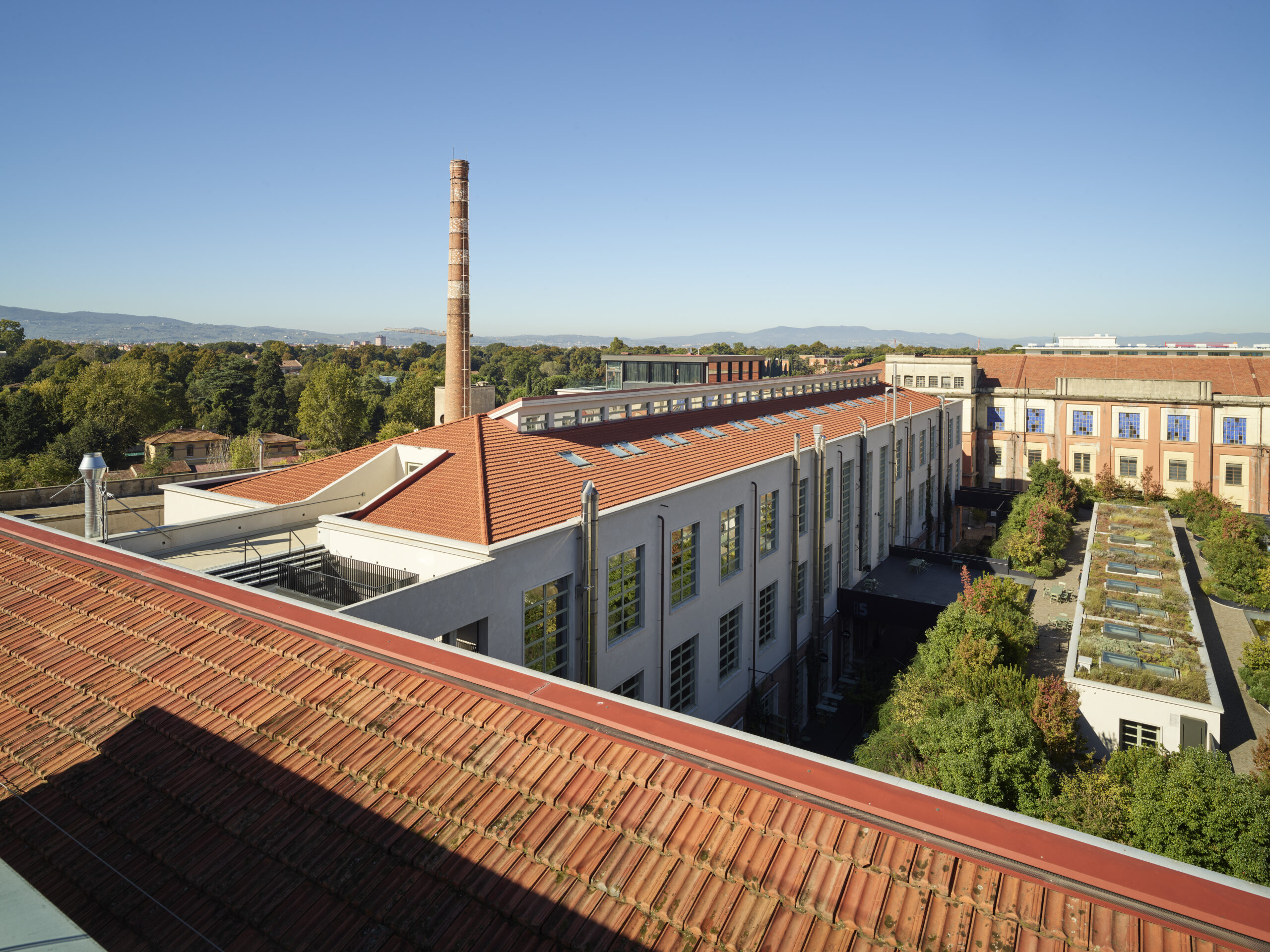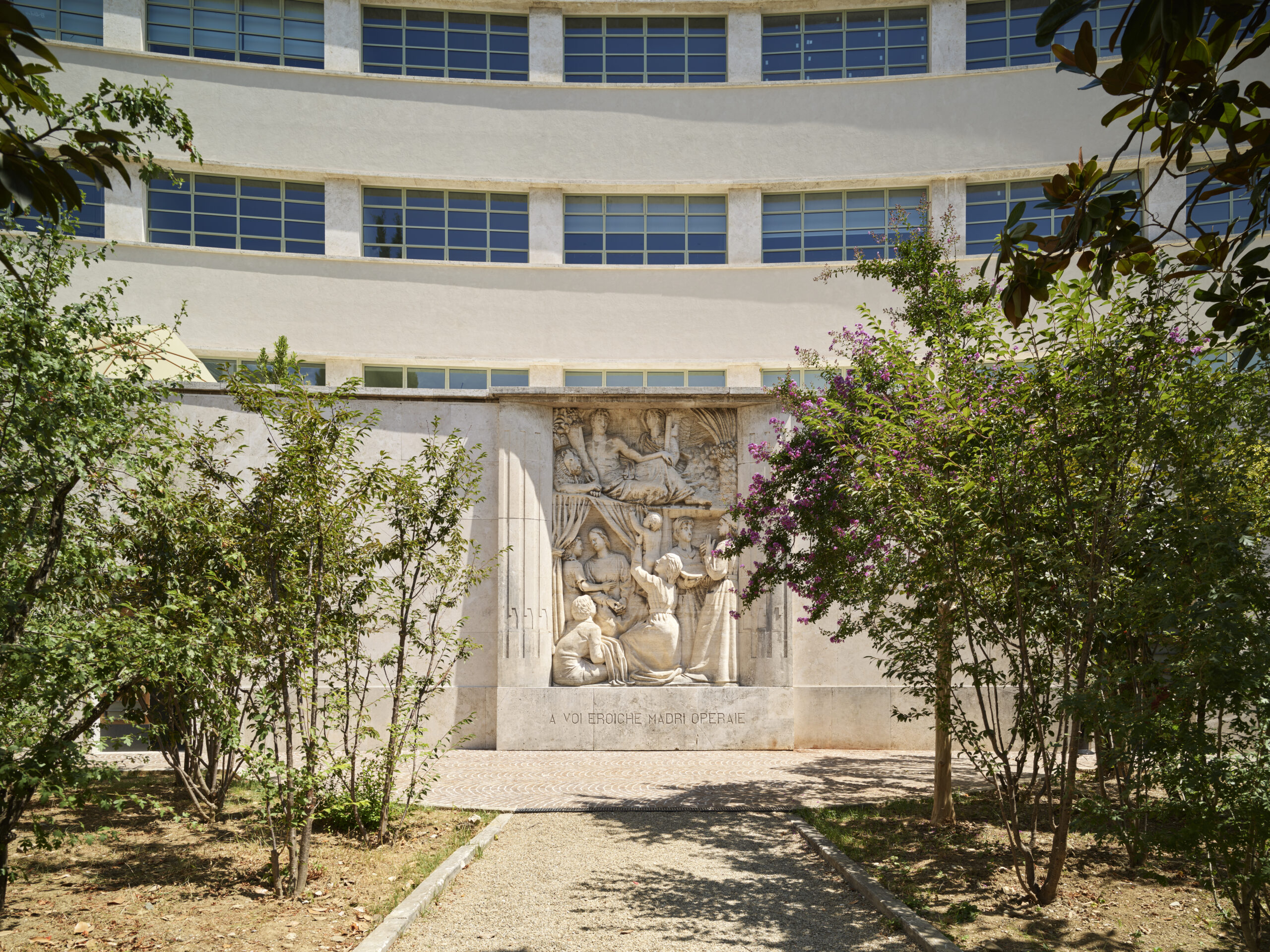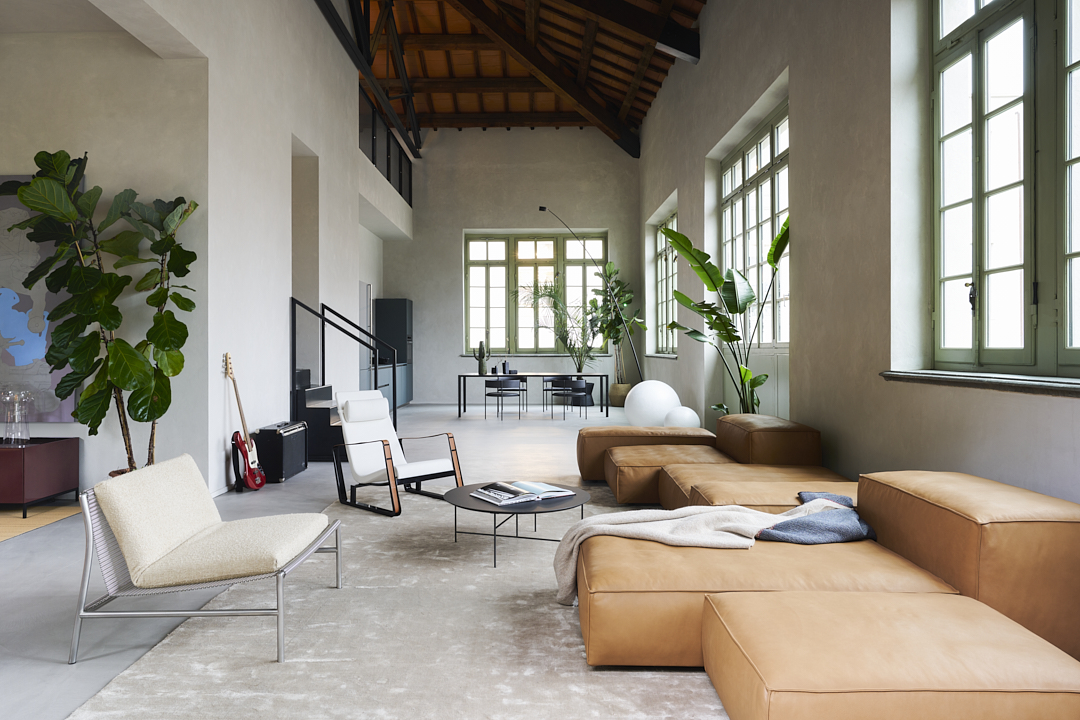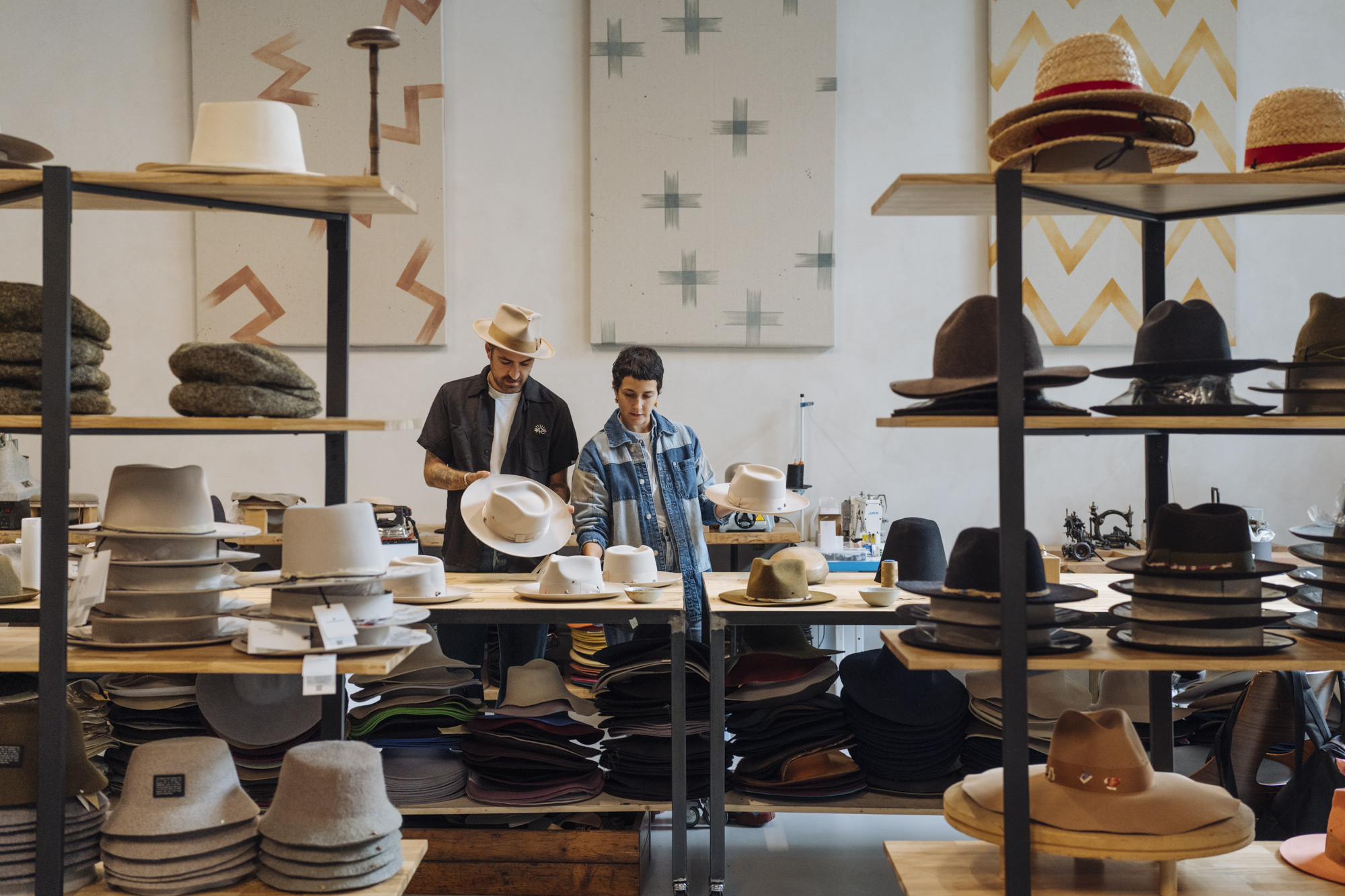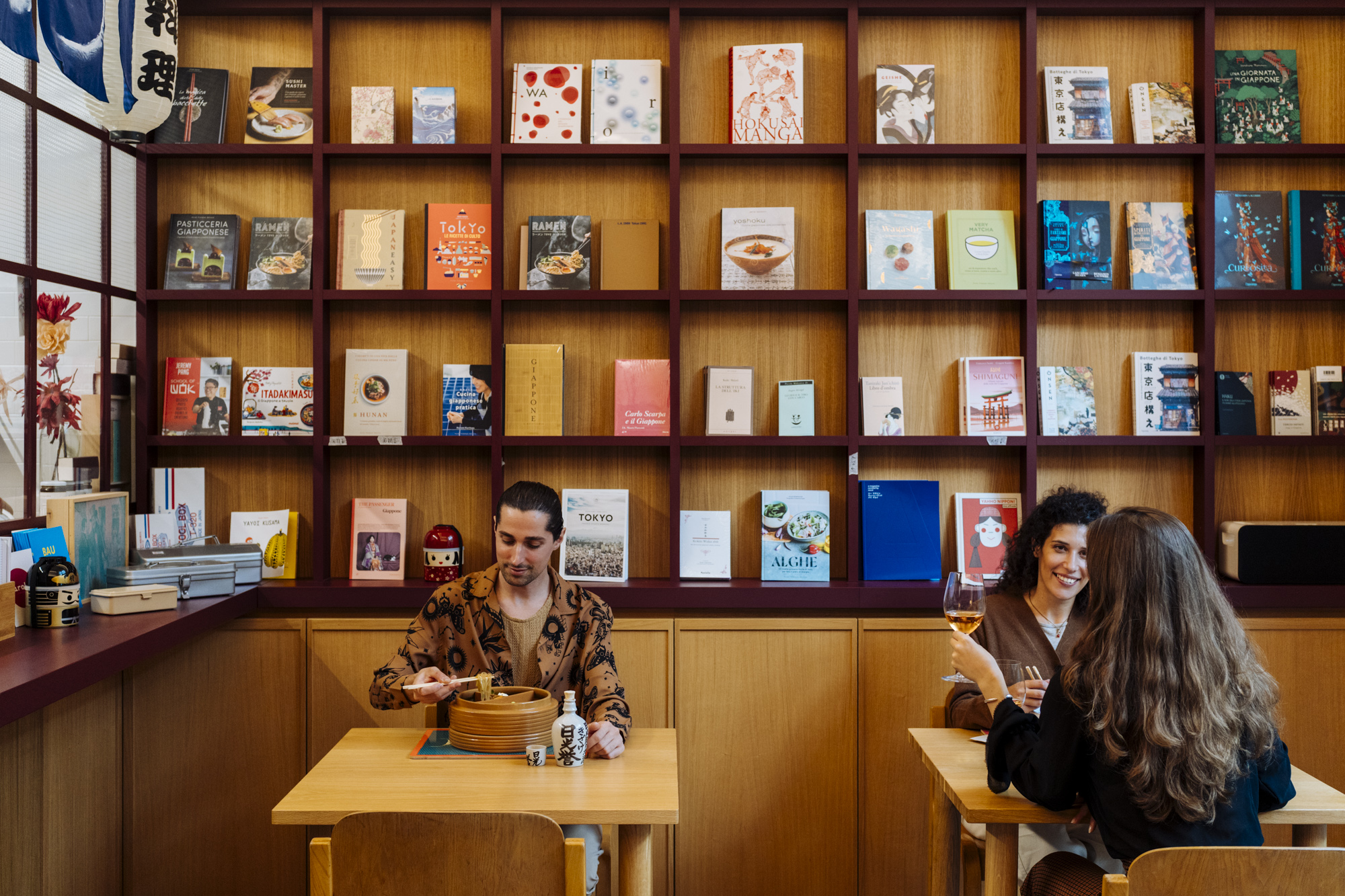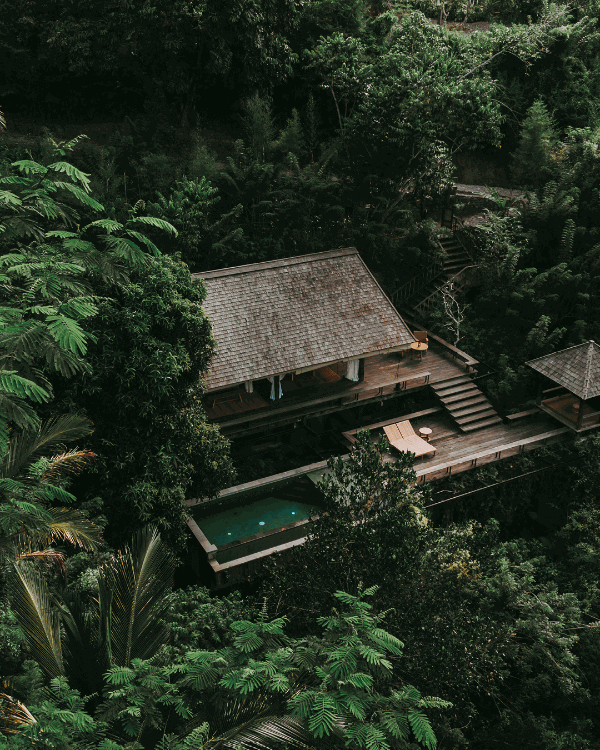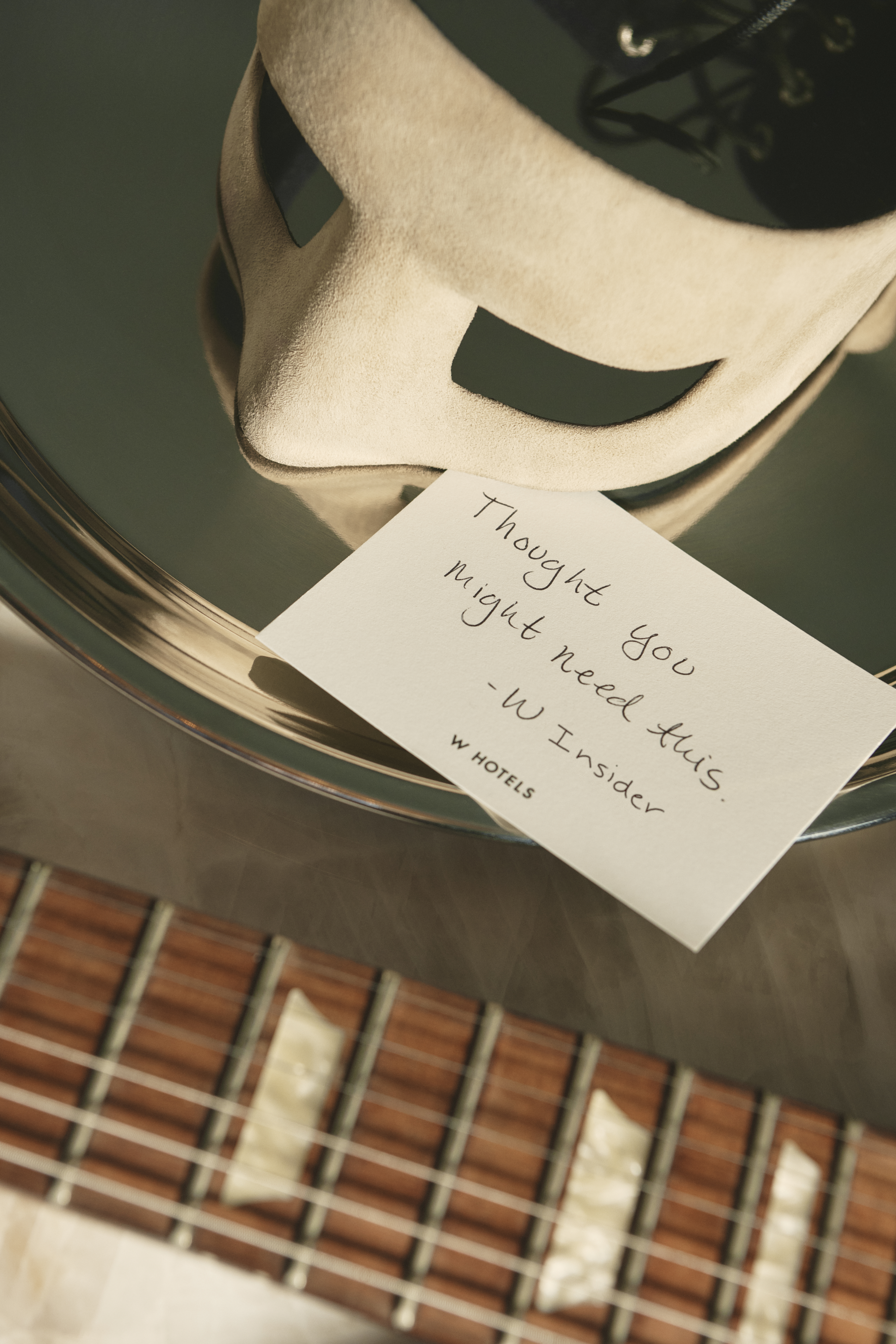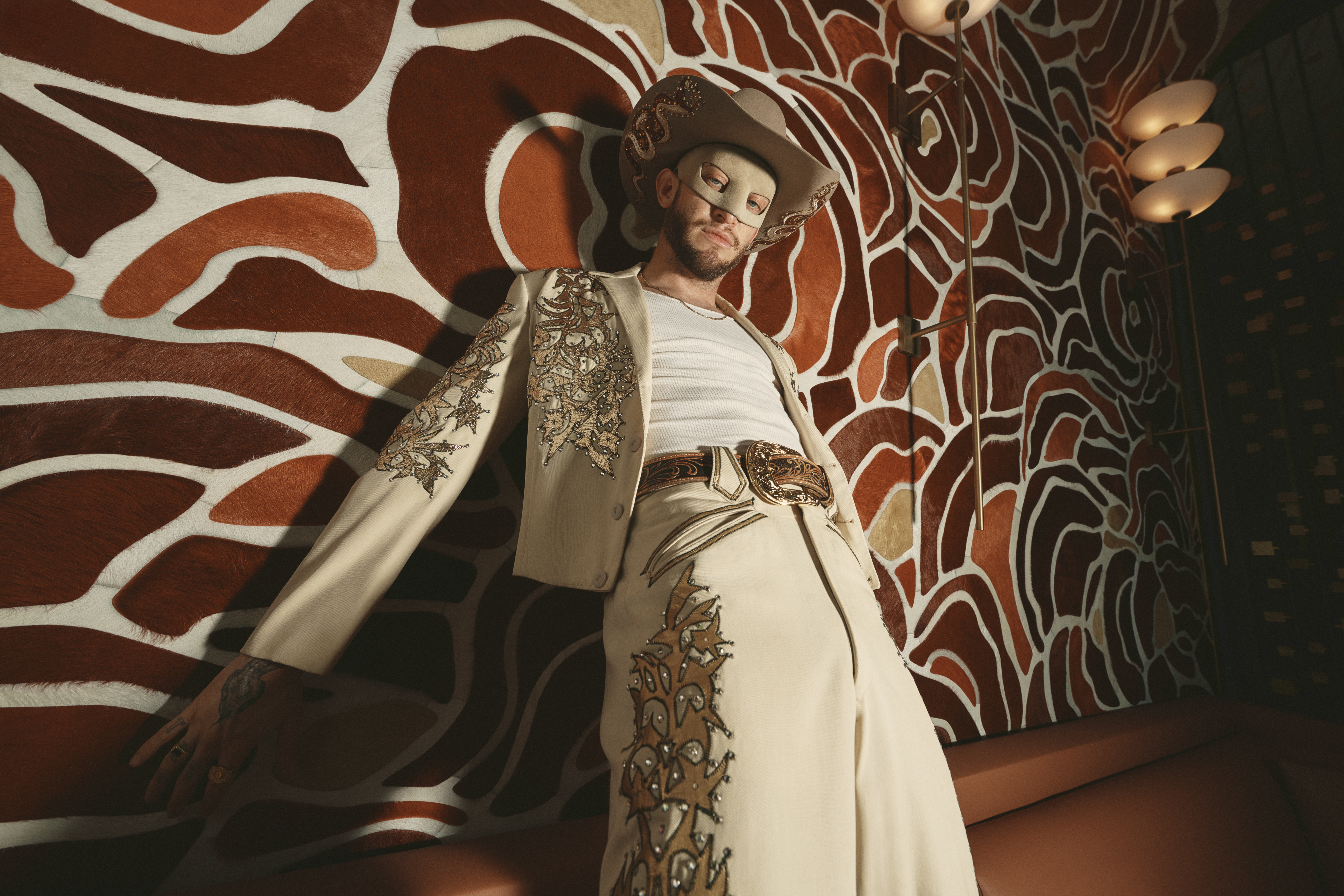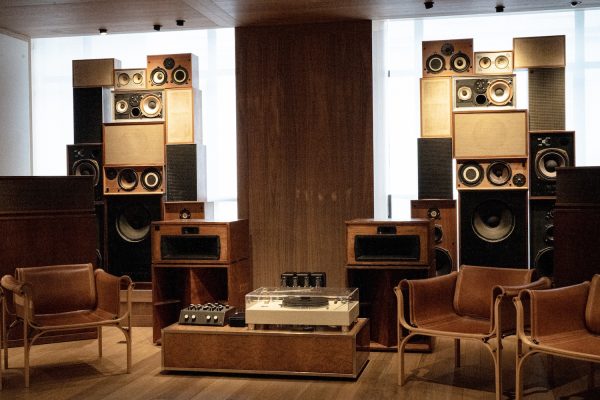 Hidden amongst the Austrian Alps is a winter wonderland. As part of the Pepper-Collection, a curated grouping of unique boutique hotels and chalets flickered throughout Austria, Chalet Mimi, ARLA, and The Barn are the latest offerings to visitors looking for a true opulent escape. The Pepper-Collection boasts some of Austria’s most extraordinary boutique properties and exclusive chalets that are an invitation to bask in the lap of luxury, surrounded by the beauty of the Austrian Alps. Whether it’s a romantic getaway, a family retreat, or a solo adventure, the collection of abodes provides a curated experience that goes beyond mere accommodation. It is a celebration of exquisite design, culinary artistry, wellness, and personalized service—a symphony of luxury that lingers in the memory long after the journey concludes.
Hidden amongst the Austrian Alps is a winter wonderland. As part of the Pepper-Collection, a curated grouping of unique boutique hotels and chalets flickered throughout Austria, Chalet Mimi, ARLA, and The Barn are the latest offerings to visitors looking for a true opulent escape. The Pepper-Collection boasts some of Austria’s most extraordinary boutique properties and exclusive chalets that are an invitation to bask in the lap of luxury, surrounded by the beauty of the Austrian Alps. Whether it’s a romantic getaway, a family retreat, or a solo adventure, the collection of abodes provides a curated experience that goes beyond mere accommodation. It is a celebration of exquisite design, culinary artistry, wellness, and personalized service—a symphony of luxury that lingers in the memory long after the journey concludes.
When first arriving at Austria’s Chalet Mimi from Zurich, a breathtaking bright blue sky and untouched fresh snow glistening greet visitors. Surrounded by cascading mountains, the path crafted by nature leads the way to the chalet itself, with peaks of snow glistening from the peaks above. After stepping inside, one feels like they are at home — cosy, thoughtful interiors are designed and perfected for each chalet with oversized bedrooms and a pool to take a dip and a jacuzzi to relax.
To make the trip as seamless as possible, a set of staff — like a butler and a chef — are there to assist when needed. As a way to show off their Michelin-star skills, during the stay, the chefs across the chalets had a friendly competition to present their best dishes for visitors to indulge in. Every room and suite is tastefully adorned with handpicked furnishings, plush fabrics, and a carefully curated colour palette. The ambiance is one of refined elegance, where guests are enveloped in a cocoon of comfort that invites relaxation and indulgence.
Chalet Mimi, in particular, can home up to 14 guests across 1 master suite, 2 double rooms, and a double room fixed with bunk beds for those with younger visitors. And, when ready to venture outside, for recreation activities look no further than the sprawling hills that are prepped and ready for skiing in the winter and outdoor strolls in the summer. For evenings inside, a large living and dining area, in addition to entertainment spaces — from a cinema and yoga to a private library and karaoke — there is something for every whim and desire.




With a picture-perfect mountain view, the Arla Luxury Home is a haven of comfort and sophistication. A true visual symphony of Alpine elegance, the Arla seamlessly blends traditional charm with contemporary design. The exterior reflects the classic architecture of the region, while the interiors are a showcase of a blend of modern and vintage aesthetics. The chalet’s design aims to create a warm and inviting atmosphere, providing a perfect balance between comfort and style.
Positioned strategically, the chalet offers uninterrupted vistas of the surrounding snow-capped peaks and lush valleys. Whether from the cozy living room, private balconies, or the outdoor terrace, guests are treated to a visual feast of nature’s grandeur. Comprising three units — Arla Vintage Suite, Arla Modern Suite, and Arla Grand Alpine Home — these carefully curated and designed homes can be booked individually or together, allowing couples or families big and small to visit together. Within the chalet, there sits the Arla Vintage Suite and Arla Modern Suite share a spa area and ski room, while the Grand Alpine Home has its dedicated spa area and ski room, in addition to having a central location providing direct access to the Schlegelkopf ski slope during winter.
Much like Chalet Mimi, at Arla guests can be waited on by their own personal chef to curate exquisite dining experiences, in addition to visiting two private spa areas that offer a tranquil retreat after a day of Alpine adventures. Unwind in the sauna, indulge in a massage, or take a dip in the luxurious hot tub—all while surrounded by the serenity of the mountains. Better yet, the personalised services mean that guests can enjoy detailed bespoke excursions that are as unique and memorable as they are.



As the latest addition to the Pepper-Collection, The Barn, the recently inaugurated chalet which was unveiled in December 2023 provides unparalleled comfort for a maximum of 14 guests. Distinguished by premium materials, an unmatched feel-good ambiance, and a prime location proximate to the finest hiking trails, the chalet also offers direct access to the slopes during winter, ensuring a seamless connection from your temporary abode.
Much like its aforementioned counterparts, The Barn combines ski-in & ski-out convenience in winter with serene green meadows and hiking trails in summer. A hands-on, 24/7 butler provided welcome drinks on arrival with a private chef prepping a meal as we watched the day turn to night. Visiting The Barn for a delicious dinner meant that we were treated to the evening sky flickering against the snow that covers the vast and sprawling land below us — a picturesque moment while sitting in the living and dining area, adorned with an open fireplace.
The Barn comprises seven individually designed bedrooms, each equipped with en-suite bathrooms featuring luxurious products. The chalet boasts a spa with an indoor pool offering stunning mountain views, a sauna, steam room, gym, relaxation area, and a treatment room. State-of-the-art multimedia equipment and sound systems enhance the entertainment experience. An outdoor kitchen and bar/lounge provide an al-fresco culinary experience.
As we tucked in for the evening with a nightcap handcrafted by the talented staff, it is more than clear that escapes like Chalet Mimi, Arla, and The Barn stand as an epitome of opulence, offering a luxurious retreat that transcends the ordinary. Whether you are seeking a tranquil escape or an adventure-filled getaway, these chalets provide an unmatched combination of Alpine charm mixed with bespoke services and experiences that are as fun as the fresh snow.




Find your own unique luxury Austrian experience at peppercollection.com.




